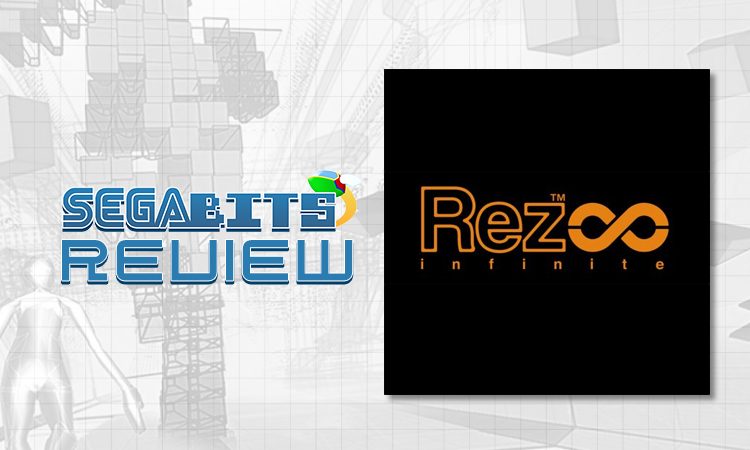
Rez is a one in a million game. A vision so confident, so bold, and so focused only comes around every decade or so. Released on the Dreamcast in late 2001 in Japan, ported for all regions on the PlayStation 2 in 2002, rereleased in HD for the Xbox 360 in 2008, remastered for VR on the PlayStation 4 in 2016, it’s now fully featured, fully formed on Steam and Windows in 2017. Rez Infinite may not technically be in the SEGA family on account of series rights apparently now owned by Enhance Games, but the legacy started with Tetsuya Mizuguchi’s concepts makes it only fitting to honor it here.
It’s a modern marvel, at once distinct, yet familiar; unique, yet clear in its inspirations; as awe-inspiring as it is clearly dated. Standing head and shoulders above its contemporaries in concept, presentation, and vision, no game comes close to it; before or since.
For the record before you hit the jump, there are certain features of Rez Infinite for the PC that I will not, and cannot review. Trance vibration is functional but I do not have the controllers for it, nor will I talk about the VR features of the game. The screenshots are also a lower res 720p than 1080p, apologies. Now, let us dive into synesthesia, and experience Mizuguchi’s masterpiece.
Continue Reading ➜


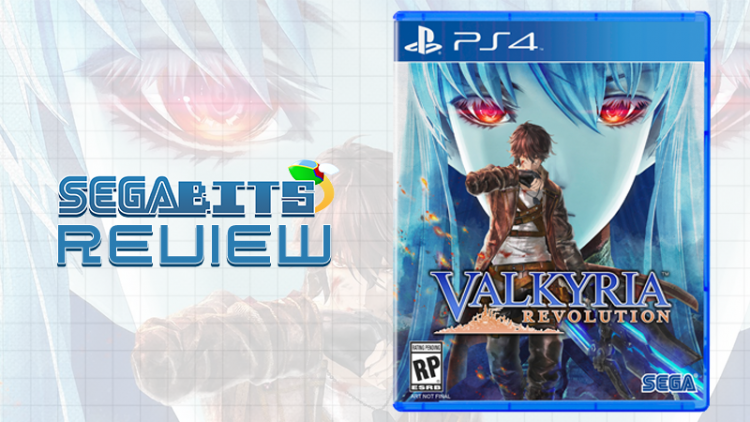
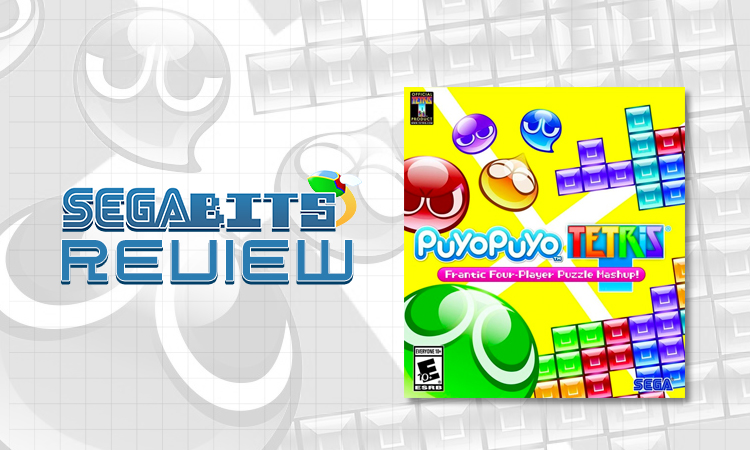
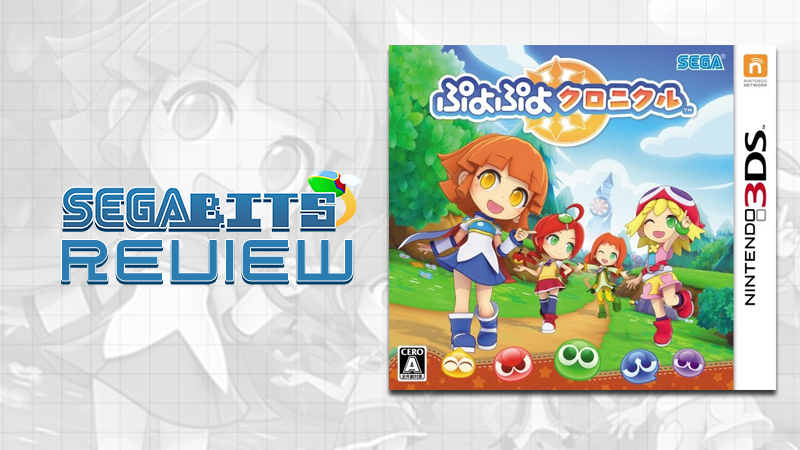
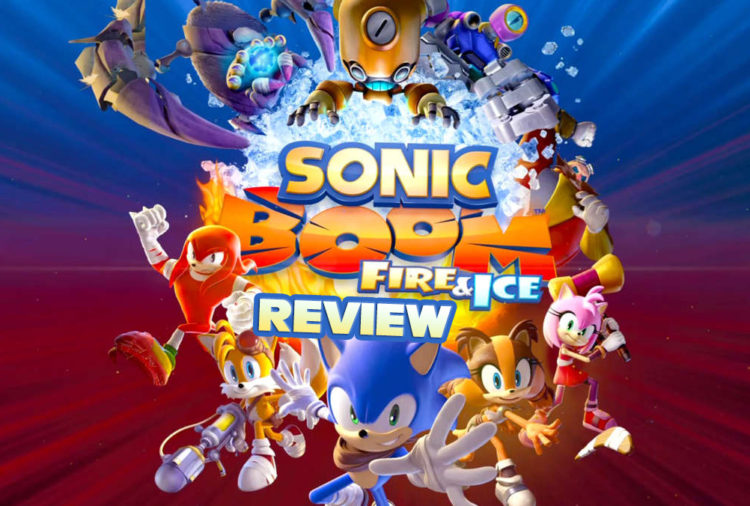
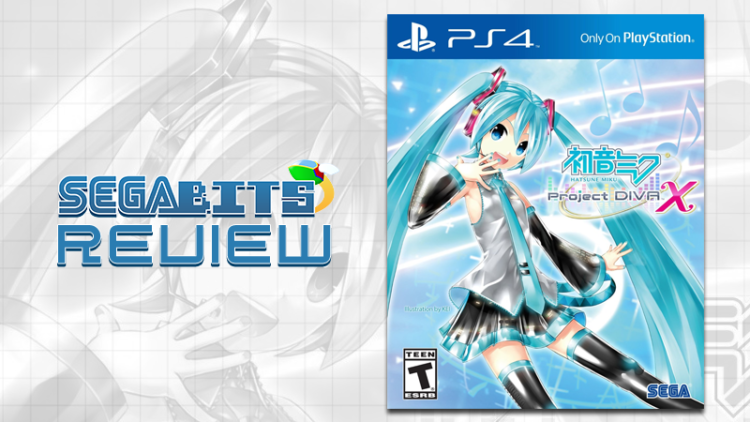
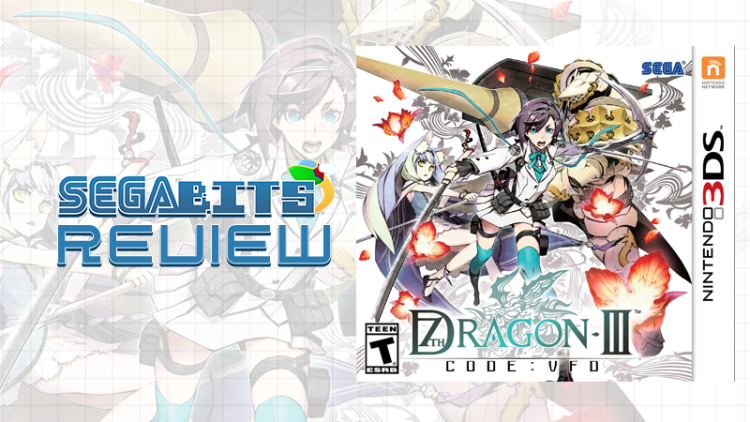
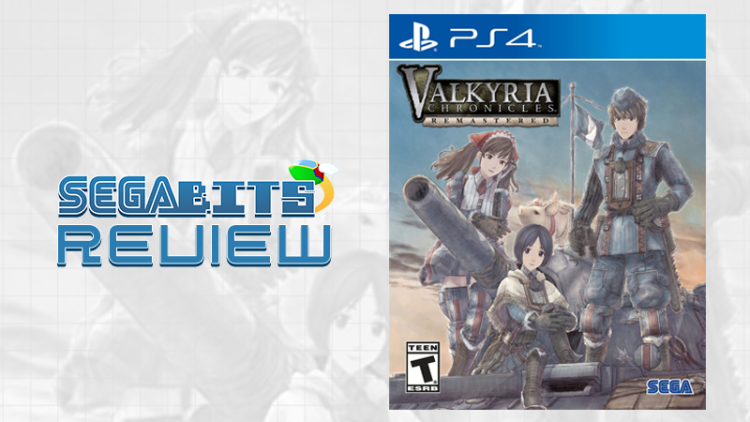
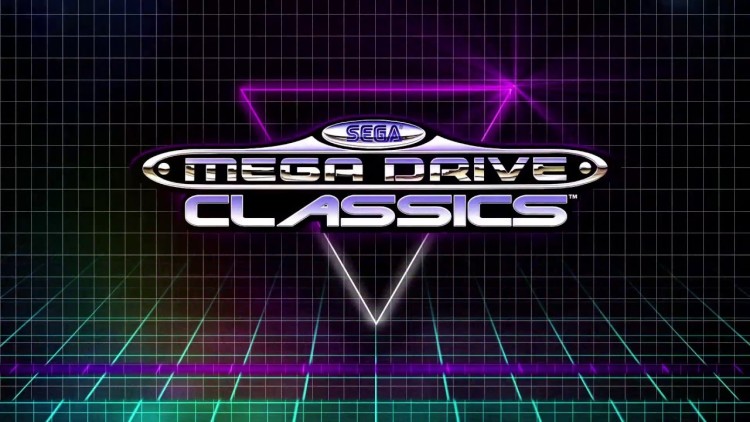
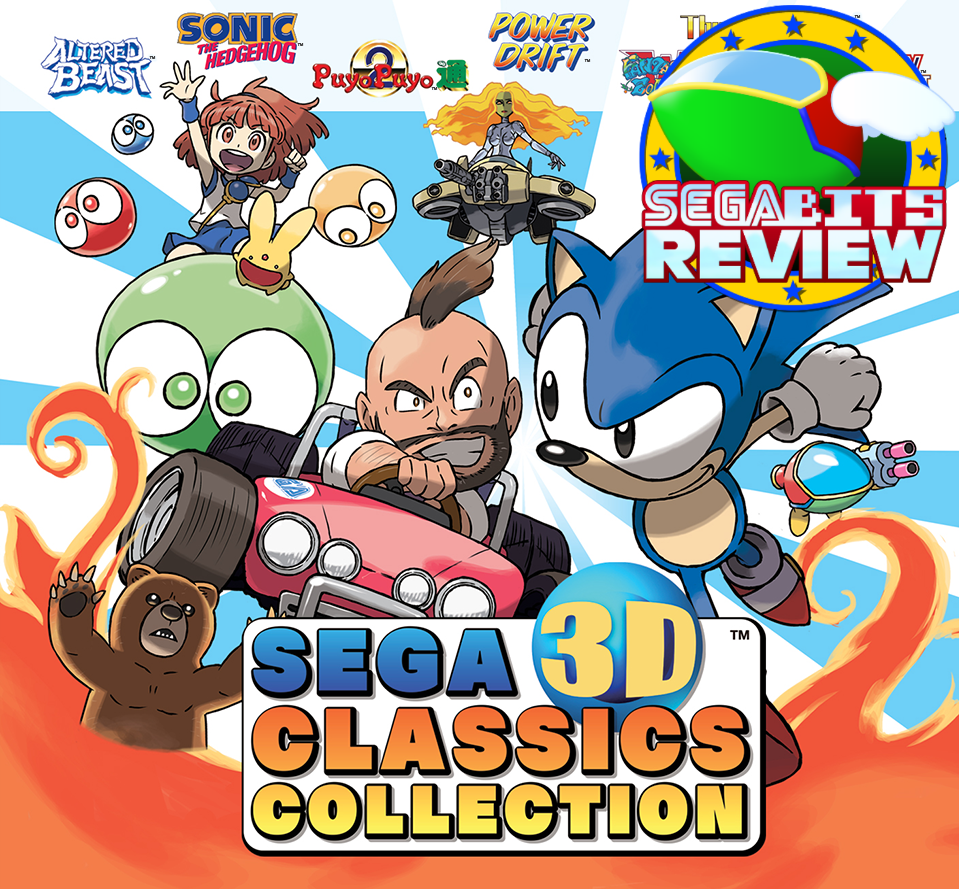
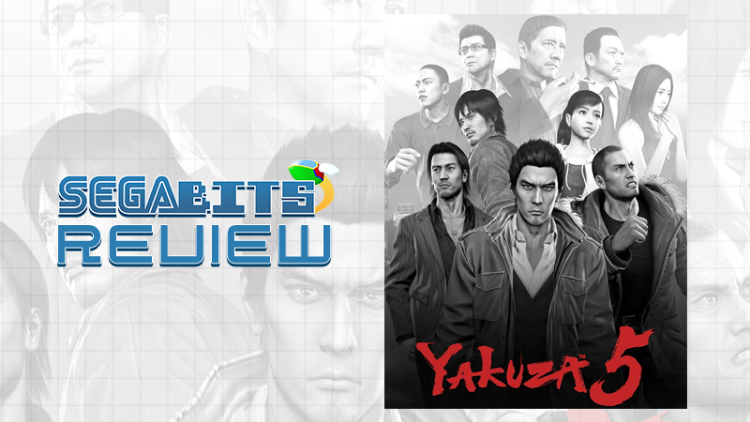 If you have been on this blog and read my writing over the years you would know that I’m a huge fan of SEGA’s Yakuza franchise and was really pleased to hear that they decided to bring over Yakuza 5 even though it’s been out since 2012 in Japan. After years of contemplating whether or not to just import the game and play with an online guide, I decided it was best to wait. Now that Yakuza 5 has an official English release, was the wait worth it?
If you have been on this blog and read my writing over the years you would know that I’m a huge fan of SEGA’s Yakuza franchise and was really pleased to hear that they decided to bring over Yakuza 5 even though it’s been out since 2012 in Japan. After years of contemplating whether or not to just import the game and play with an online guide, I decided it was best to wait. Now that Yakuza 5 has an official English release, was the wait worth it?